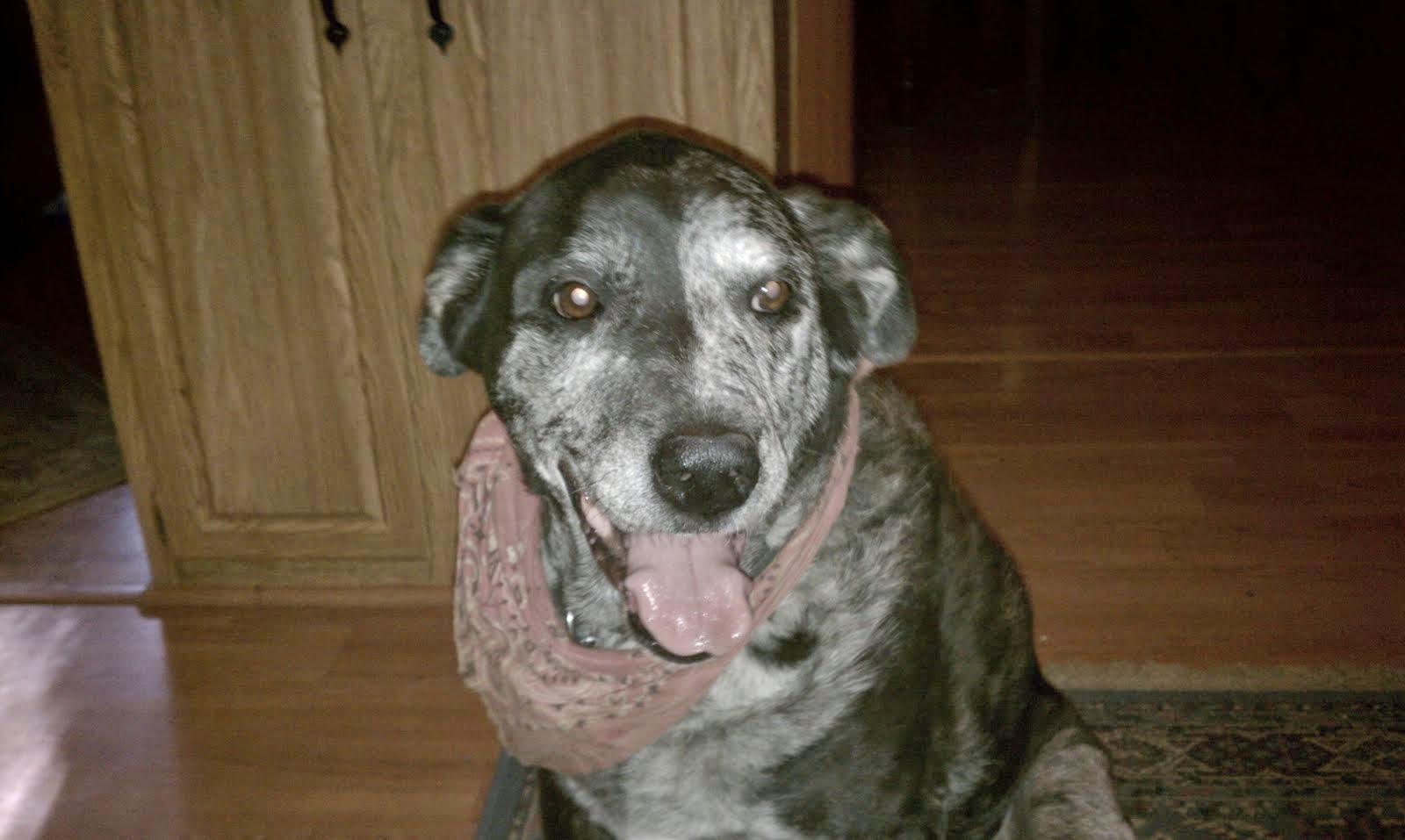Mirtazapine for Appetite Stimulation in Dogs and Cats
Rx Mirtazapine (brand name Remeron™-Organon) is approved as an antidepressant for use in humans and has activity both as an alpha 2 receptor antagonist and as a potent 5HT3 antagonist. A side effect noted in humans taking this drug is appetite stimulation. Pharmacy faculty at the Mississippi State College of Veterinary Medicine used mirtazapine in a dog after all other attempts at appetite stimulation had failed, and were very pleased to find that mirtazapine restored appetite almost immediately in this dog. In another case, a physician used mirtazapine to treat anorexia and nausea in his Boston Terrier with chronic renal failure. Due to the vast improvement in the animal’s quality of life for one month preceding its death, the dog’s primary care veterinary clinic conducted a series of uncontrolled field trials using mirtazapine over the next 4 years in 24 dogs and 17 cats with GI symptoms that were marginally responsive or refractory to standard remedies. “Mirtazapine therapy led to a robust response in 12 animals, improvement compared with standard treatment in 16 cases, and an equivocal response in 13 animals. The most vigorous responses were observed in patients in chronic renal failure or receiving concurrent chemotherapy for neoplastic disease.”
Many veterinarians have started using mirtazapine to stimulate appetite in both dogs and cats. There have been no controlled studies and dosing is still empirical, but most dogs are dosed at 0.6mg/kg orally every 24 hours and cats are dosed at 3.75mg/cat orally every 48-72 hours. The terminal half-life of mirtazapine in humans is more than 40 hours, and mirtazapine is eliminated partially through conjugation with glucuronide. For this reason, dosing intervals of less than 48 hours are not recommended for cats, as accumulation is likely. Mirtazapine is not commercially available in an oral suspension; however, compounding pharmacists have formulated suspensions upon the request of veterinarians and have anecdotally reported success with this dosage form. For cats that are vomiting as well as anorectic and cannot swallow or retain oral medications, veterinarians have instructed compounding pharmacists to formulate transdermal gels of mirtazapine (3.75mg/0.1ml), which also have left veterinarians with a positive impression of clinical efficacy. Obviously, further studies are needed to determine stability, safety and efficacy of these compounded dosage forms, but until such evidence is available, veterinarians may wish to try these dosage forms in cases that are refractory to traditional methods of appetite stimulation.
Veterinary Forum, February 2006, pages 34-36
http://en.wikipedia.org/wiki/5-HT3_antagonist
http://www.ncbi.nlm.nih.gov/pmc/articles/PMC3184575/ related info but not specific
note this post in not complete yet. I am working on finding a natural herbal version.
Lucy never did radiation or chemo, she only did the Tippner Protocol. The Tippner Cancer Protocol combines immunotherapy and molecular cancer therapy using off the shelf readily available inexpensive natural substances. Here is her list. She is past 3 years after diagnosis by biopsy
I buy most of the stuff from Swanson Vitamins. They are cheaper, in capsules for dosage changes, and carry almost everything I give to Lucy except for the Chinese Herbs Stasis Breaker prescription, and the Low Dose Naltrexone prescription. Here is a $5 off coupon link I found
